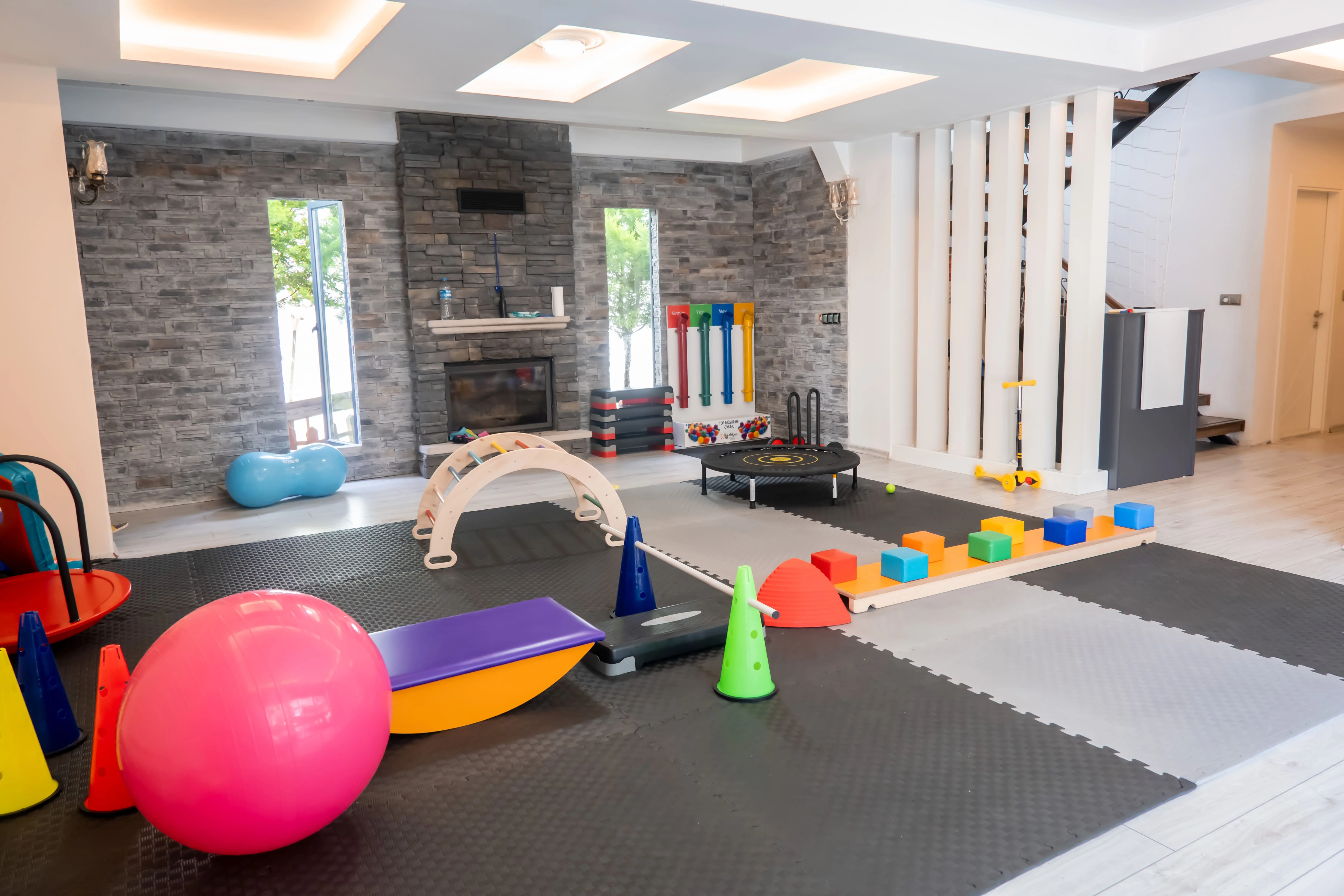“We follow the child's lead because our first goal is to join their world! But instead of staying in their world with them, we want to pull them into our interactive world.” “We can’t achieve this by shouting or getting angry. We need to draw them into our shared world warmly and joyfully so that they are motivated to be here with us…”
What is Floortime?
Autism spectrum disorder is a comprehensive program developed for children and families dealing with social communication and interaction deficiencies, delayed speech, developmental delays, and other related issues. In the floortime approach, also known as "floor play," the child's sensory, emotional, motor, language, and social skills limitations are identified, and a program is created that includes the family based on the child's individual differences.
What Are the DIR Floortime Steps?
- Regulation and Interest in the World
- Engagement
- Two-Way Communication
- Complex Problem Solving and Behavioral Organization
- Representational Thinking
- Bridging Abstract Thinking and Ideas
What Does Floortime Aim to Achieve?
Floortime is built on two main goals. The first is to guide the child by following their natural interests. The child is thoroughly examined in sensory and emotional terms, their interests and desires are discovered, and motivation sources are created. The second goal is to ensure that the child interacts with the therapist and draw the child into the shared world. Children with Autism Spectrum Disorder may refuse to interact with the outside world, staying confined to their own world. In the floortime method, the child is respected, and motivations that they can join in and be interested in are provided. Thus, the child feels close to the therapist, forms a bond with pleasure, and engages in interaction. “DIR Floortime helps to draw the child into a new world by following the child’s lead, while also helping them complete their developmental milestones considering all their individual differences, emotional and sensory development, and family dynamics.” Floortime is not just playing games under the child's leadership; it is about participating in their world, desires, and goals to establish mutual interest, to instill the sense of enjoying togetherness, and the desire to learn something from us. In Floortime, while the child's leadership is followed, it also requires challenging them to progress through developmental milestones. It constantly aims to strengthen and expand the child's capacity. In conclusion, the floortime model includes goals such as drawing the child into our world while following their lead, presenting situations they enjoy, and placing obstacles in their path to help them reach that enjoyment. To offer all these processes, we need to understand the child's personal characteristics, emotional development, sensory, and motor skills well. The floortime model is not a technique that involves sitting on the floor with the child 6-10 times a day for 20 minutes or longer; it is a philosophy that expresses the communication the child will need throughout their life.
Ezgi KUTLU
Special Education Teacher
DIR Floortime 201 Clinician


